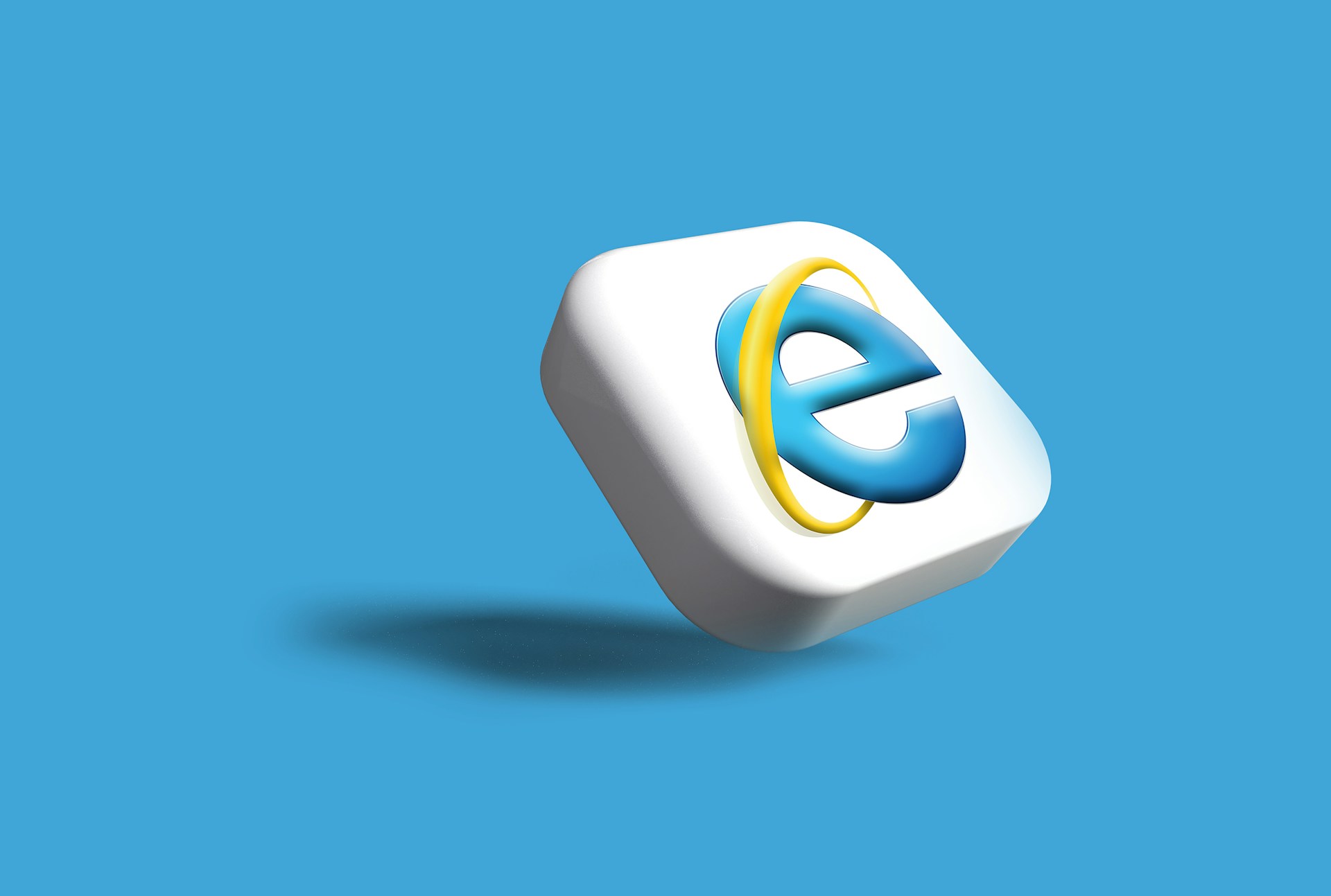It is common to find folks new to financial reporting throw the invoices debited or credited question around because they are being extra careful about avoiding errors in their accounting process.
This is because a crucial part of every business transaction is the invoice. Invoices record the items or services delivered, the price, and the payment conditions.
As a business owner, accountant, or freelancer, you might have come across the terms “debit” and “credit” concerning invoices.
While invoices are used to request payment for goods or services rendered, many people may need help determining whether they are debited or credited.
This article will explore this topic and answer some common related questions. Before we can delve into whether invoices are debited or credited, it is essential to understand what debit and credit mean in accounting.
According to fundamental accounting terminology, a debit is an entry that appears on the left side of an account, and a credit appears on the right side.
Debits and credits record account changes, such as assets, liabilities, and equity. The use of debit and credit depends on the account’s type and whether the account is increasing or decreasing.
A debit entry, for instance, will make a liability account smaller while increasing an asset account.
A credit entry, on the other hand, will raise a debt account while decreasing an asset account. Now that we understand what debit and credit mean, the question remains;
Are invoices debited or credited?
Regarding invoices, the answer is that it depends on the situation. When you send out an invoice, you ask for payment for the products or services you’ve delivered.
The invoice is debited in this instance to raise the accounts receivable balance, which indicates the sum that the client owes the company.
The revenue account is credited simultaneously to reflect the rise in revenue or sales.
The following journal entry illustrates this transaction:
Debit Accounts Receivable
Credit Revenue
When the customer pays the invoice, the accounts receivable balance decreases, and the cash account increases.
The following journal entry illustrates this transaction:
Debit Cash
Credit Accounts Receivable
Suppose the customer does not pay the invoice, and the business writes it off as a bad debt. In that case, the accounts receivable balance decreases, and the bad debt expense account increases.
The following journal entry illustrates this transaction:
Debit Bad Debt Expense
Credit Accounts Receivable
In some cases, a company may give a customer a credit note to change the amount owed.
For instance, if a consumer returns an item, the company may provide a credit note to lower the amount owed.
In this instance, the revenue account is debited to undo the initial sale, and the credit note is credited to reduce the accounts receivable balance.
The following journal entry illustrates this transaction:
Debit Revenue
Credit Credit Note
As a liability account, the accounts receivable account is increased by debit and decreased by credit. Since the revenue account is an income account, a credit and a debit are used to increase and decrease it.
It is important to remember that the account being debited or credited determines the direction of the debit or credit.
We will be focusing on four major areas concerning the question of whether invoices are debited or credited.
- Understanding the concept of debit and credit in accounting and how they affect different accounts.
- Why it is important to understand debits and credits in relation to invoices.
- Debit and credit treatment of invoices.
- Examples of debit and credit invoices.
Understanding the concept of debit and credit in accounting and how they affect different accounts
Debits and credits are used in accounting to record financial transactions. For transactions pertaining to bills to be appropriately recorded, it is crucial to comprehend how debits and credits operate.
A debit is a record on the left side of an account that raises assets, lowers liabilities, or lowers equity.
A credit, on the other hand, is a record produced on the right side of an account that raises obligations, equity, or assets.
An invoice is often issued to record a sale of products or services that a company has rendered to a client.
The total sum the client owes the company will be displayed on the invoice. The sales revenue account is credited, and the accounts receivable account is debited to record the invoice in accounting.
The credit to the sales revenue account increases the money the business receives from the sale.
In contrast, the debit to the accounts receivable account increases the amount due to the company by the client.
For instance, if a business sells goods worth ₦10,000 to a customer, the accounts receivable account will be debited by ₦10,000, and the sales revenue account will be credited by ₦10,000.
This entry reflects that the business is owed ₦10,000 from the customer and has earned ₦10,000 in sales revenue.
Why it is important to understand debits and credits in relation to invoices
Understanding debits and credits concerning invoices is essential for accurate and effective bookkeeping and financial reporting.
It allows businesses to monitor their sales and expenses and ensure that they get paid for the goods or services they provide.
Here are some reasons why it is essential;
Effective cash management:
By ensuring that businesses have an accurate record of what they owe and what is due to them, properly debiting and crediting invoices helps businesses manage their cash flow. When deciding when to pay bills or collect payments, firms might use this information to their
Accurate financial statements:
Invoices are a vital component of financial Properly debiting and crediting invoices ensures that financial statements accurately reflect the company’s financial position, performance, and cash flows.
Better decision-making
Businesses can manage their cash flow and make more informed decisions about purchasing and inventory when they have accurate and current information about invoices. Also, using this information, they can spot possible financial problems early on and take appropriate measures to resolve them.
Respect for accounting regulations
In accounting, debits and credits are key ideas. Knowing these ideas regarding invoices makes it possible to ensure that financial transactions are accurately recorded and adhere to accounting requirements.
In summary, understanding what to include or not in an invoice, accurate financial reporting, efficient cash management, adherence to accounting regulations, and superior decision-making depend on understanding debits and credits concerning invoices.
Debit and credit treatment of invoices
When recording invoices in accounting, the debit and credit treatment will depend on the type of account being used to track the transaction.
A debit entry in accounting is a transaction that appears on the left side of an account. In contrast, a credit entry appears on the right side of an account.
Below is a broad explanation of how invoices are treated for debit and credit:
Accounts Receivable
The Accounts Receivable account is debited (increased) to represent the rise in the amount the customer owes when an invoice is issued. The Sales account is credited (increased) concurrently to reflect the rise in revenue realized by the company.
Cash
When a client pays an invoice, the Cash account is debited (increased) to reflect the money received, and the Accounts Receivable account is credited (decreased) to show the reduction in the client’s obligation.
Purchase of goods or services on credit
When a business buys goods or services on credit, the expense account (such as Supplies or Rent) is debited (increased) to reflect the expense incurred by the business, and the accounts payable account is credited (increased) to reflect the increase in the amount owed to the supplier.
Accounts payable
Accounts payable are paid when a business owner (supplier) is paid for goods or services they provided on credit.
It is a crucial facet of financial management for a business.
Companies can ensure that their financial records are accurate and up-to-date and maintain good connections with suppliers by examining invoices, planning payments, recording transactions, reconciling accounts, and developing relationships with suppliers.
Examples of debit and credit invoices
Invoices can be debited or credited in various situations. Here are some examples: Debiting an invoice:
- When a business makes a credit purchase of products or services, the supplier’s invoice is debited to reflect the debt.
- When a company pays a supplier for a previously recorded invoice, the accounts payable account is debited to reflect the reduced amount owed.
- When a business returns items to a supplier, the invoice generated for those items is deducted to undo the initial entry.
Crediting an invoice
- The invoice is credited to reflect the reduced amount owed when a supplier issues a credit note to the buyer to lower the amount payable.
- The invoice is credited to remove the initial record when a business returns products to a supplier and receives a credit note.
- The invoice is credited to reflect the lower amount payable when a supplier discounts an invoice in exchange for prompt payment.
Debiting an invoice increases the amount owing, whereas crediting the invoice results in a decrease. In conclusion, invoices can be debited or credited depending on the situation.
It is important to know what situation warrants a credit or debit invoice for the smooth running of your business.












